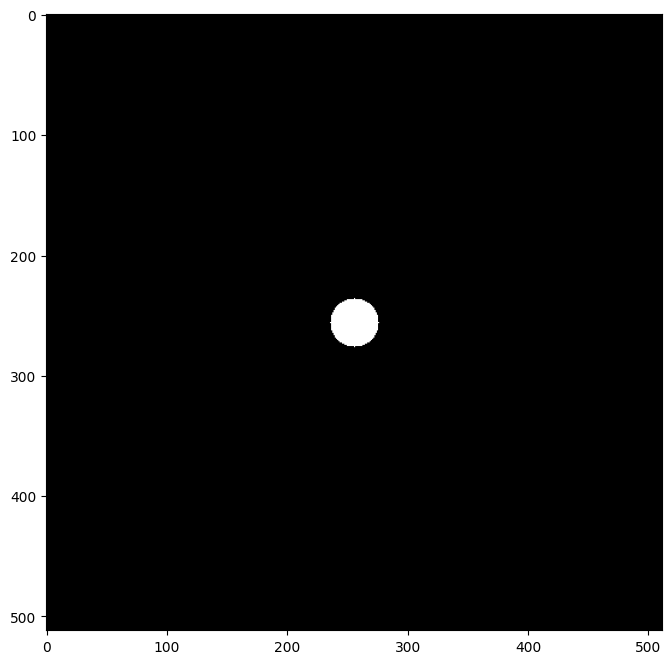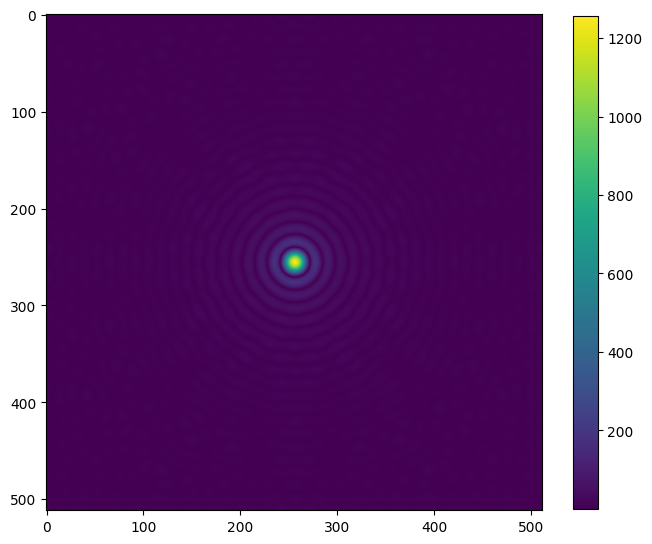Sampling and PSF
Sky is a continuous image. Interferometric arrays gives this continuous function as visibilities as fourier transformation. This visibilities needed to be converted into image domain to create sky image.
Regular sampling
Continuous signal is converted to discrete signal by applying a regular spaced function called Shah function.
However, this method can’t be used with radio astronomy because of the issues like scale, sensitivity and technology.
Point Spread Function (PSF)
Point spread function is the response of any telescope to a point source object in the sky. The optics for optical telescope impose some structure on the point source objects as shown in the image below.
 |
|---|
| Figure: Carina Nebula image from the Hubble Telescope, the cross pattern and airy pattern from the stars in the foreground is the point spread function of the telecsope due to the optics. Credit: NASA, ESA, and M. Livio and the Hubble 20th Anniversary Team (STScI) |
There are two types of PSFs in radio astronomy.
- telescope optics and structure PSF
- geometry of the array configuration in interferometry.
Geometry of arrays in interferometry defines how sampling of visibility domain happens. PSF of an interferometric arrays is a fourier transformation of sampling function.
Following image shows Sampling function of a telescope with a circular aperture. Light coming within the circumference of the lens is included and excluded otherwise.

Image below shows the corresponding PSF of the telescope.

The central peak with highest amplitude is called PSF and those rings are called .
And the resulting observed signal is a convolution of actual signal and PSF of the system.